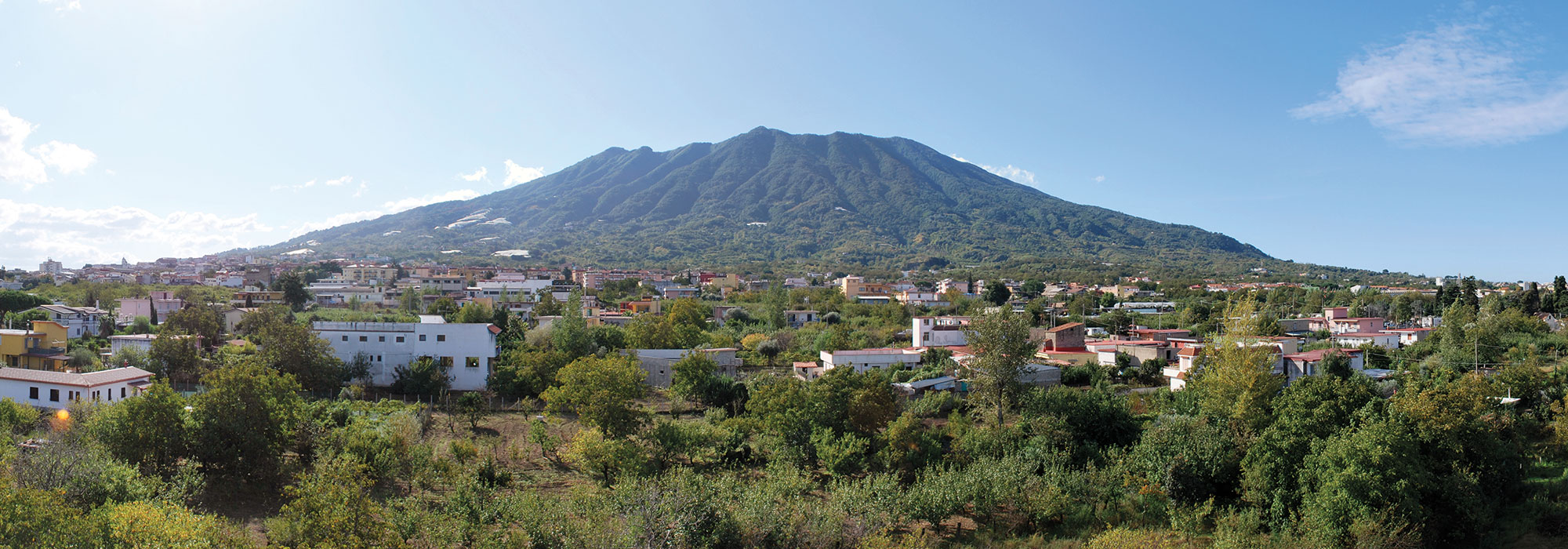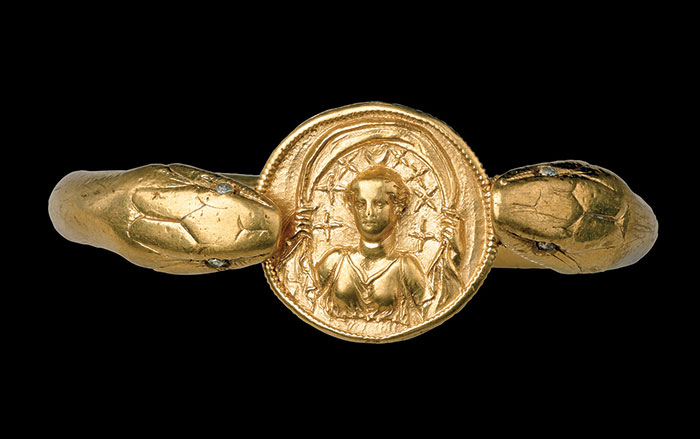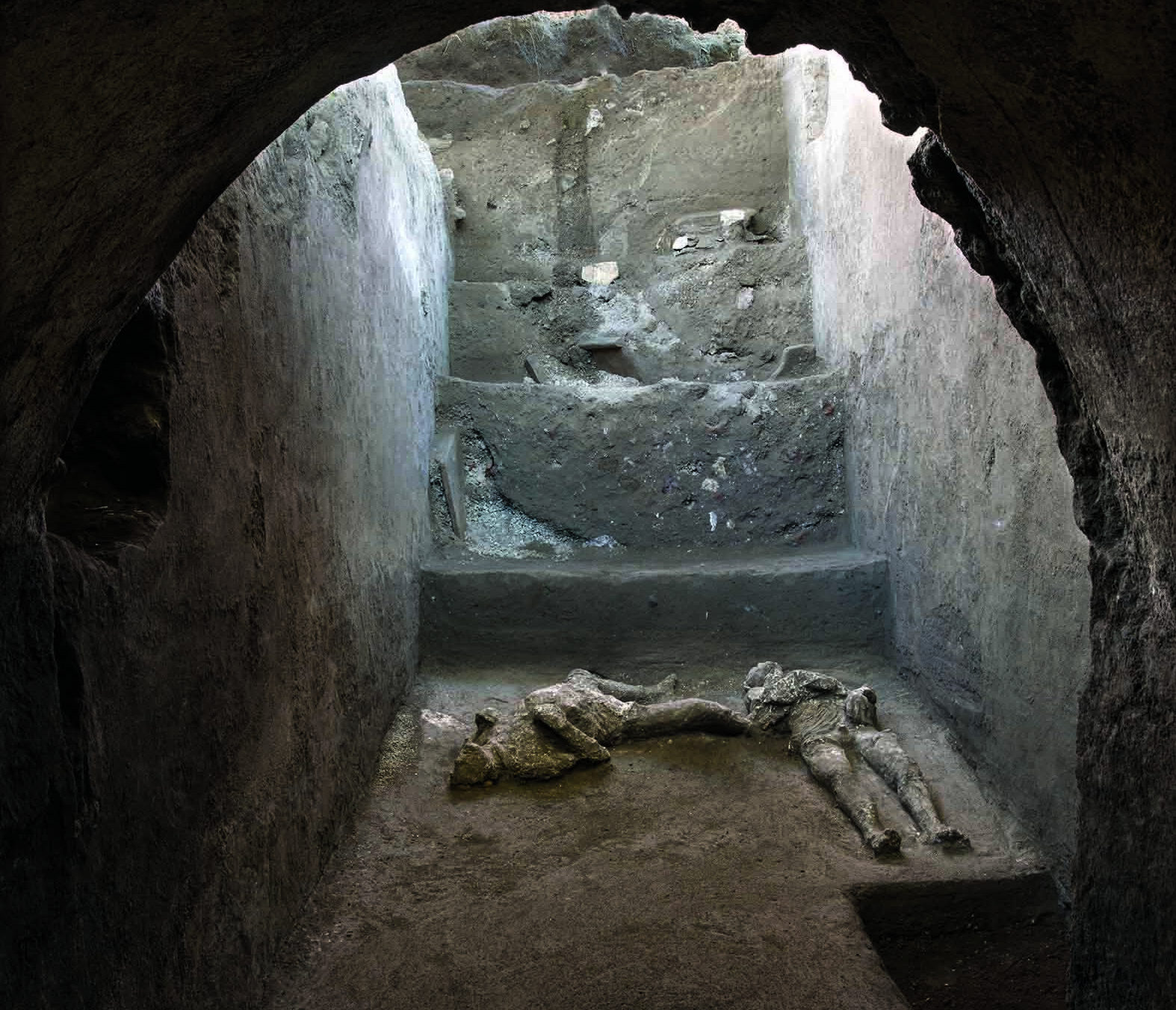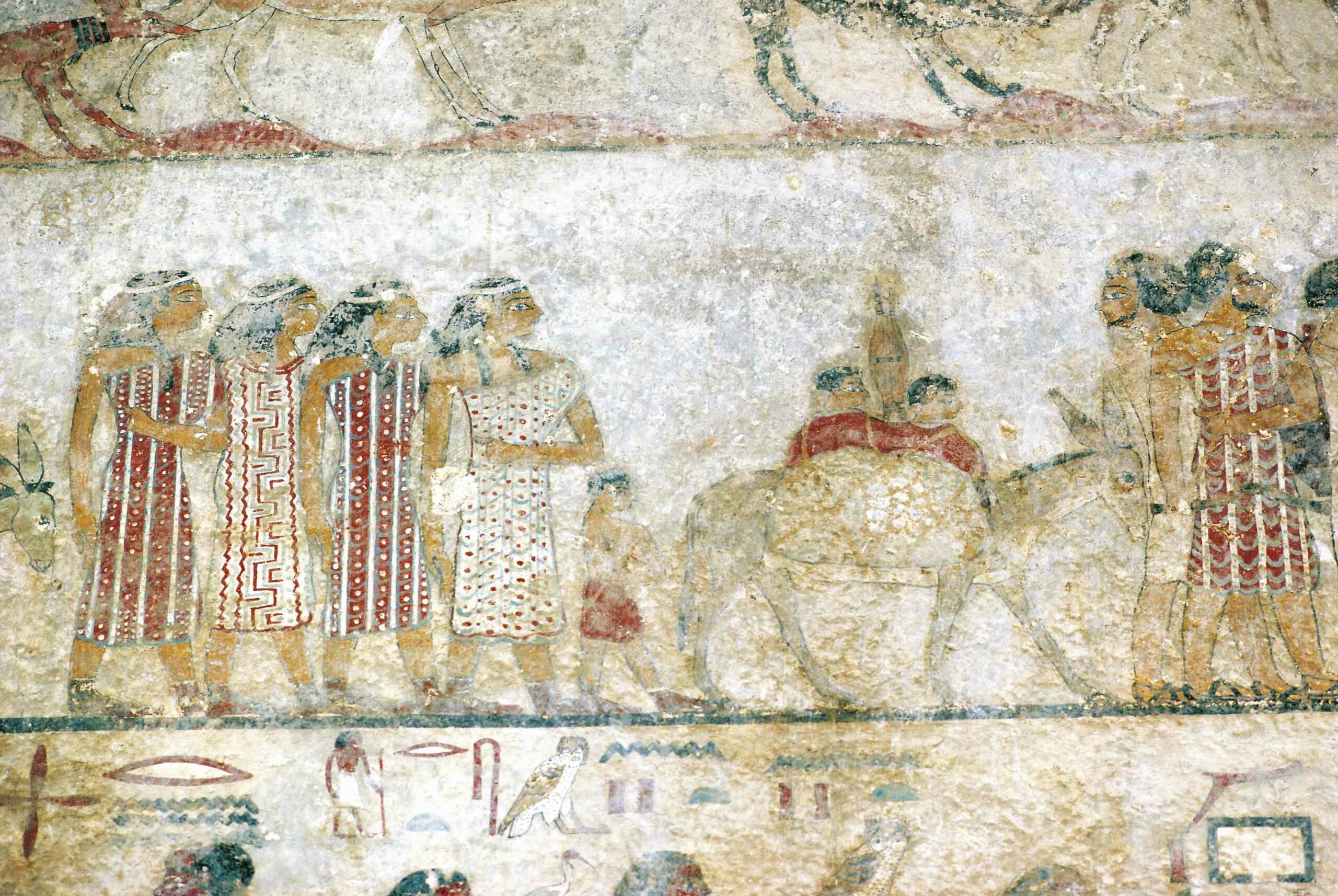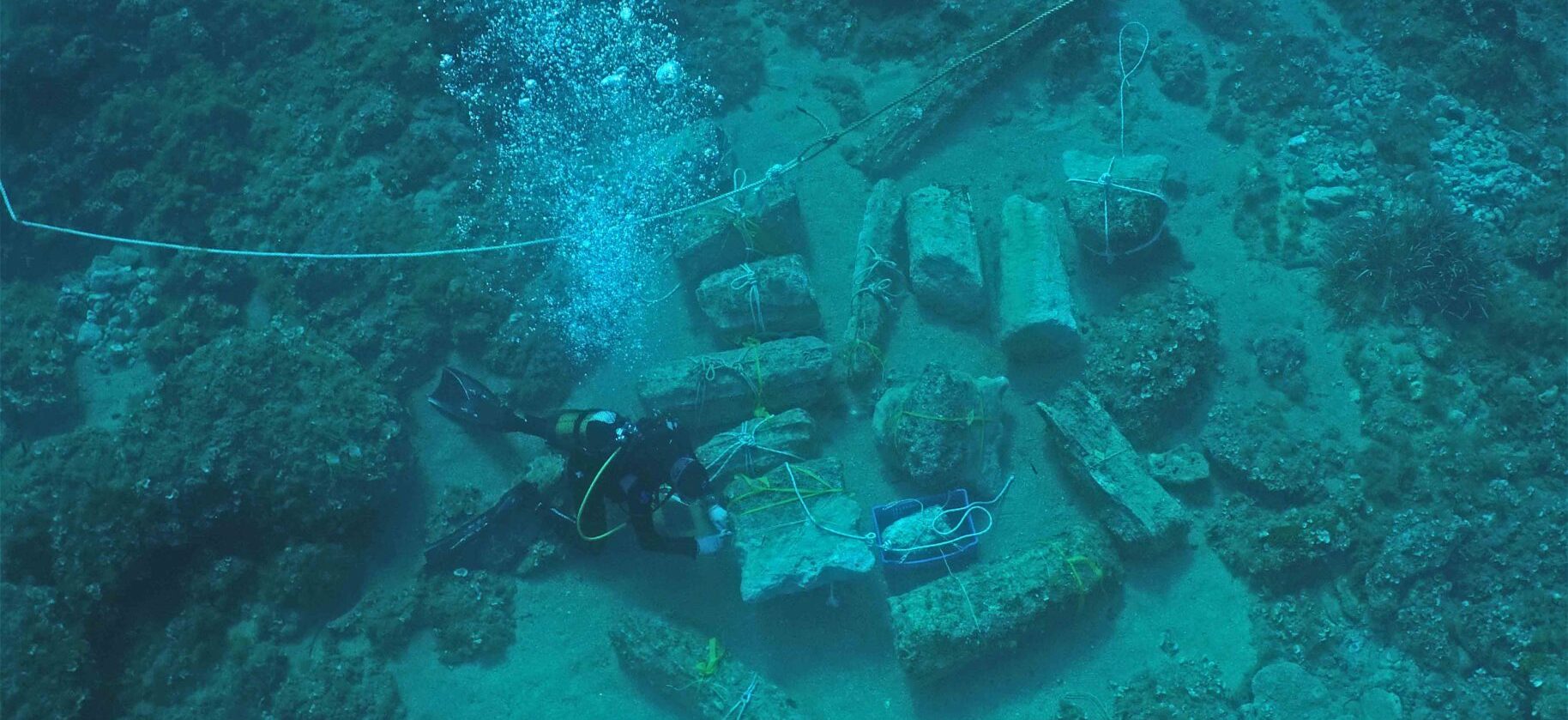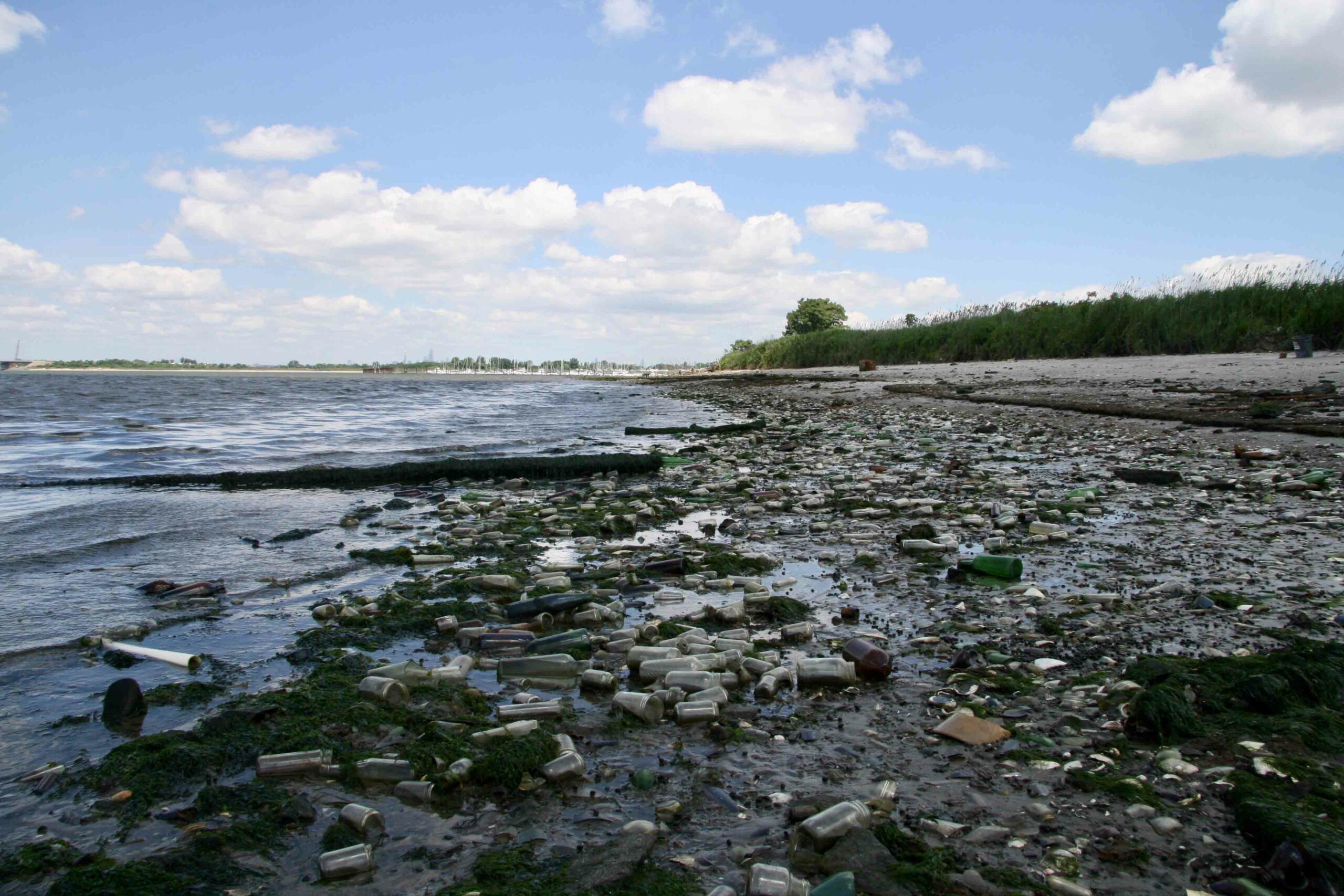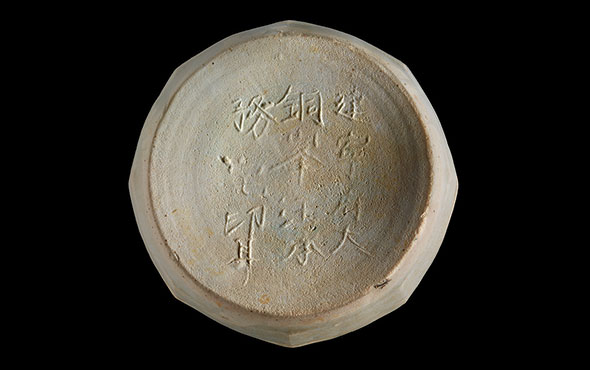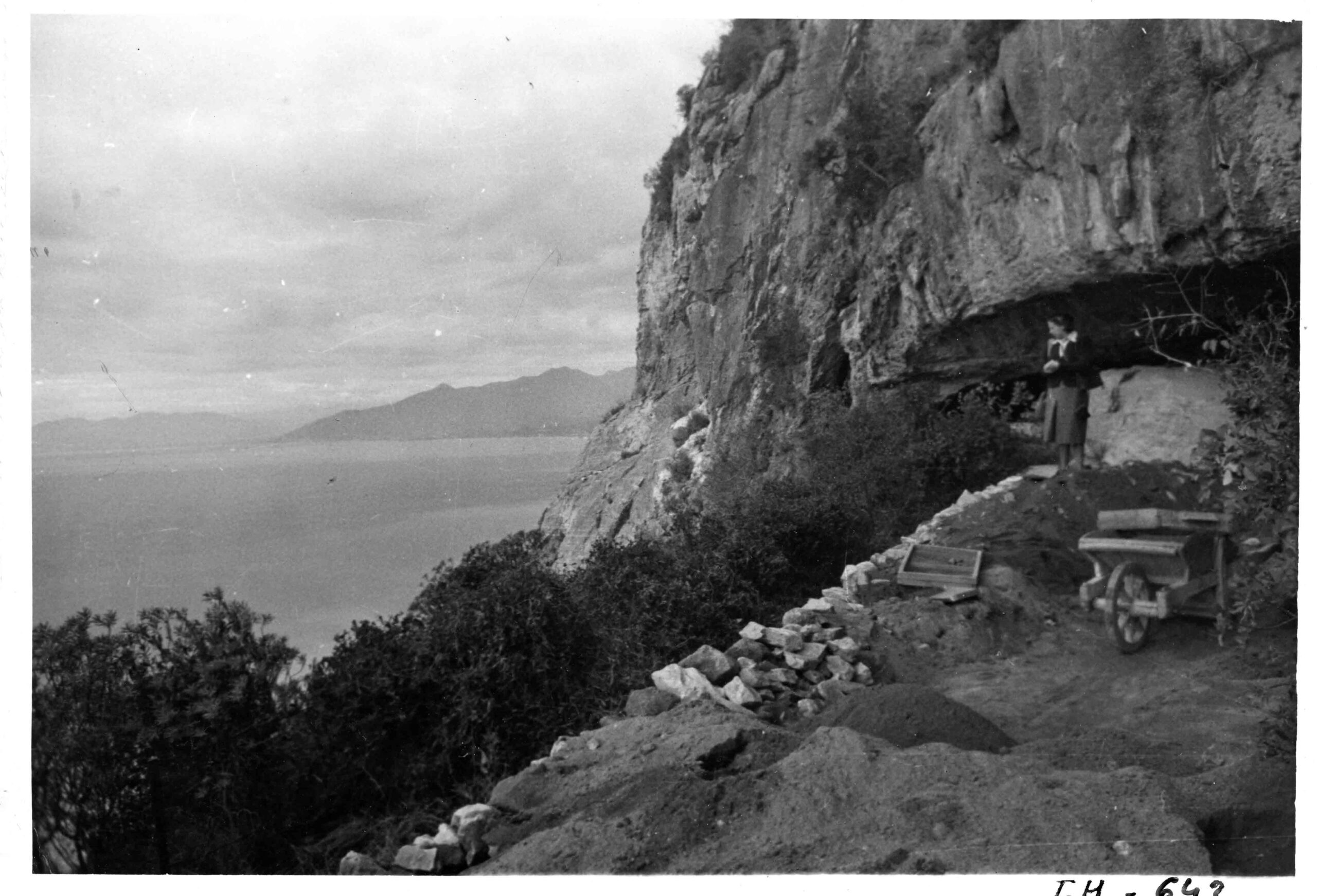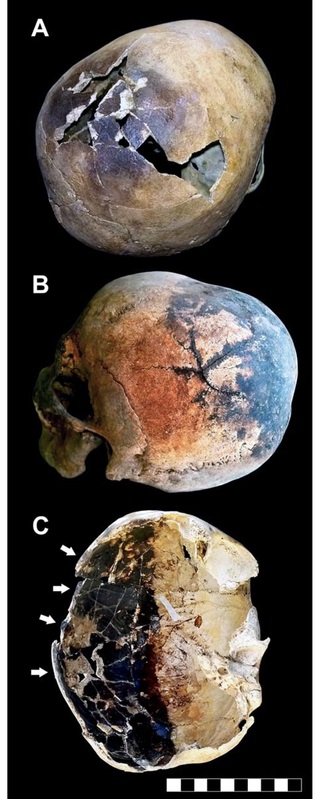
NAPLES, ITALY—According to a Popular Science report, Pier Paolo Petrone of Federico II University Hospital and his colleagues analyzed the remains of some 300 people who died during the eruption of Mount Vesuvius in A.D. 79. The remains were recovered from boathouses near the Herculaneum waterfront, where the people are thought to have died in a pyroclastic surge measuring between 400 and 900 degrees Fahrenheit and moving at a speed of nearly 180 miles per hour. Spectroscopic analysis of red and black residues on the victims’ bones revealed high concentrations of iron, suggesting their blood had boiled. The resulting steam could have produced enough pressure to burst their skulls, the scientists said, as can be seen in the skeletal remains. However, critics point out that this process could have occurred after death. In the city of Pompeii, which is located farther away from the volcano, victims may have been killed by heat shock, but the temperatures are not thought to have been hot enough to vaporize their flesh and blood. To read about a new technique for examining damaged frescoes at Herculaneum, go to “Putting on a New Face.”


